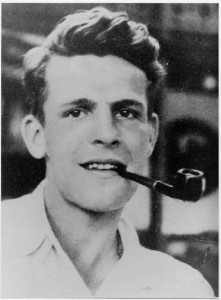Update #2: I have great deal of respect for Richard Fernandez and his opinions.
The second part of the response is that an outsourced, privatized jihad will probably be increasingly met by privatized security regime based on reputation. With the government unwilling to profile in a increasingly vulnerable public space some entrepreneurs may create members-only events where attendance is limited to pre-cleared individuals who pay to have themselves vetted.
I think this has merit.
UPDATE: There have been three more arrests of young people with heavy Russian accents near U Mass. They had a car, a BMW, with the license plate “terrorista #1. Photos at the link.
One jihadist is dead and the other is in custody. The younger bomber’s wounds have not been described so it is impossible to say if he will survive. The emergency is over and now it is time to think about why this happened. It now appears that both young men were long time residents of this country and, at least the younger was a citizen. Both had registered to vote, according to Nexis. The older brother was married with a child. His wife had converted to Islam and, according to reports yesterday, was wearing a full chador when she was taken from their home protesting about a male FBI agent handling a Muslim woman. She was lucky, as one commenter observed, that she was not strip searched as Chechen women have been prominent in terrorism cases in Russia, sometimes as suicide bombers wearing bomb belts.
The majority [of suicide bombers] are male, but a huge fraction — over 40 percent — are women. Although foreign suicide attackers are not unheard of in Chechnya, of the 42 for whom we can determine place of birth, 38 were from the Caucasus. Something is driving Chechen suicide bombers, but it is hardly global jihad.
I doubt the Times’ insistence on the absence of Islamist motives although Chechens have been at war with Russians for centuries. The suicide bomb is a common weapon for jihadists. The Palestinian “Mother of Martyrs” comes to mind.
Mariam Farhat, who said she wished she had 100 sons to die while attacking Israelis, died in a Gaza city hospital of health complications including lung ailments and kidney failure, health official Ashraf Al-Kidra said. She was 64.




